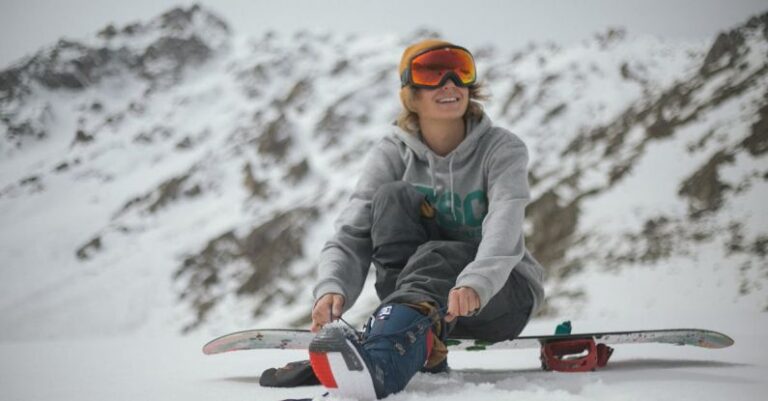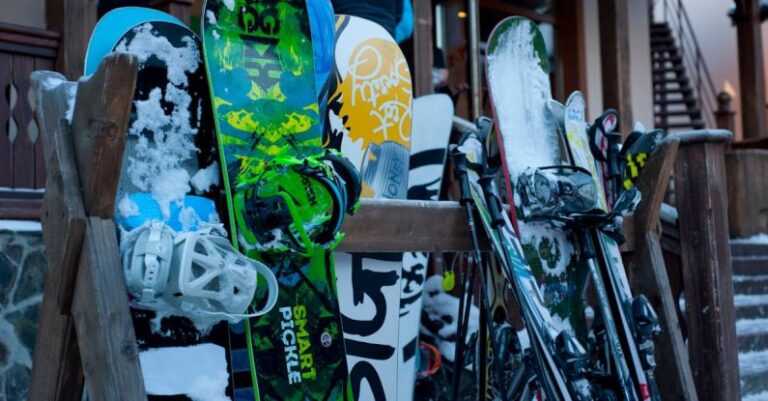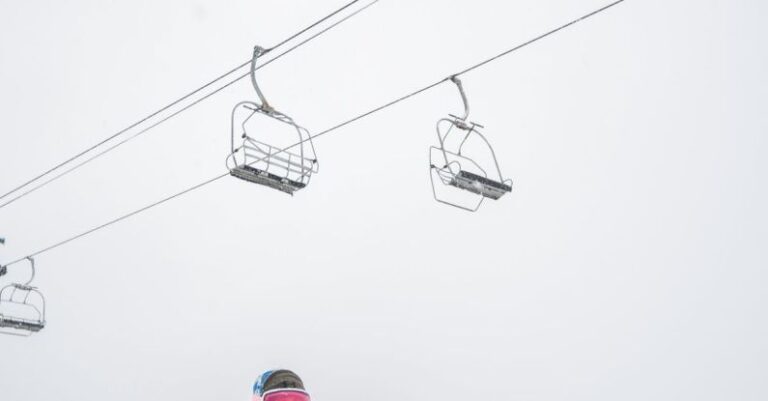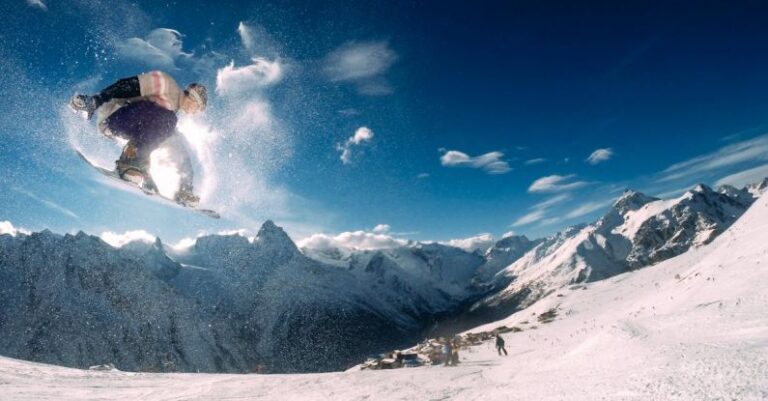
Transitioning from skiing to snowboarding can be an exhilarating and rewarding experience for winter sports enthusiasts looking to switch up their routine on the slopes. While the two activities share some similarities, such as the snowy terrain and the thrill of gliding down a mountain, there are distinct differences in technique and equipment that skiers must adapt to when making the switch to snowboarding. Whether you are a seasoned skier or a beginner looking to try something new, this guide will provide you with essential tips and strategies to help you smoothly transition from skiing to snowboarding.
Gear Up Properly
One of the first steps in transitioning from skiing to snowboarding is to ensure that you have the right gear. While some equipment, such as helmets and goggles, may be interchangeable between the two sports, you will need to invest in a snowboard, snowboard boots, and bindings. It is essential to choose a snowboard that suits your riding style and ability level. If you are new to snowboarding, consider renting equipment or purchasing a beginner-friendly board to help you get started.
Get Comfortable with the Stance
One of the most significant differences between skiing and snowboarding is the stance. While skiers face forward with their legs parallel, snowboarders ride sideways with both feet strapped onto the board. This change in stance can take some time to get used to, but practicing on flat terrain before hitting the slopes can help you feel more comfortable with the new position. Focus on finding your balance and getting a feel for how your body moves on the board.
Practice Basic Movements
Once you have adjusted to the new stance, it is essential to practice basic movements to build your snowboarding skills. Start by learning how to glide and brake on flat terrain, using your toes and heels to control your speed and direction. As you become more comfortable, practice making turns by shifting your weight from one edge of the board to the other. Remember to keep your body relaxed and maintain a low center of gravity to help you stay balanced and in control.
Take a Lesson
If you are struggling to grasp the fundamentals of snowboarding on your own, consider taking a lesson with a certified instructor. Professional guidance can help you learn proper technique, build confidence, and progress more quickly on the slopes. Instructors can provide valuable feedback, tips, and drills to help you improve your skills and avoid developing bad habits. Take advantage of group or private lessons to tailor the experience to your learning style and pace.
Stay Patient and Persistent
Transitioning from skiing to snowboarding is a unique journey that requires patience and persistence. Like any new skill, mastering snowboarding takes time, practice, and dedication. Do not get discouraged by falls or setbacks along the way; instead, use them as learning opportunities to grow and improve. Stay committed to your goals, celebrate small victories, and embrace the challenge of pushing yourself outside of your comfort zone. With dedication and a positive attitude, you will make progress and enjoy the thrill of snowboarding.
Adapt Your Riding Style
As you become more confident and skilled in snowboarding, consider adapting your riding style to suit your preferences and goals on the mountain. Experiment with different terrain, such as groomed runs, moguls, and terrain parks, to discover what type of riding you enjoy most. Challenge yourself to try new tricks, jumps, and techniques to expand your repertoire and keep things exciting. Remember that snowboarding is a versatile sport with endless possibilities for creativity and progression.
Embrace the Learning Curve
Transitioning from skiing to snowboarding is a transformative experience that can open up a whole new world of adventure and excitement on the slopes. Embrace the learning curve, stay open-minded, and be willing to step outside of your comfort zone to grow as a snowboarder. Remember that every rider progresses at their own pace and that the journey is just as important as the destination. Enjoy the process of mastering a new skill and savor the freedom and joy that snowboarding brings.
Incorporate your skiing background
While transitioning from skiing to snowboarding may require learning new techniques and skills, you can also leverage your skiing background to your advantage. Drawing on your experience on the slopes, such as understanding mountain safety, reading terrain, and honing your balance and coordination, can help you transition more smoothly to snowboarding. Use your existing knowledge and skills to inform your snowboarding practice and enhance your overall performance on the mountain. By incorporating elements of your skiing background into your snowboarding journey, you can build upon your strengths and become a more well-rounded winter sports enthusiast.
Transitioning from skiing to snowboarding is an exciting opportunity to challenge yourself, expand your horizons, and experience the thrill of a new winter sport. By following these tips and strategies, you can navigate the transition with confidence and embrace the adventure of snowboarding. Remember to gear up properly, get comfortable with the stance, practice basic movements, take lessons, stay patient and persistent, adapt your riding style, and incorporate your skiing background into your snowboarding practice. With dedication, perseverance, and a willingness to learn, you can confidently transition from skiing to snowboarding and enjoy the freedom and excitement of riding the mountain on a snowboard.





